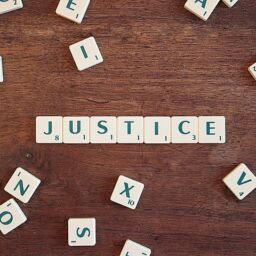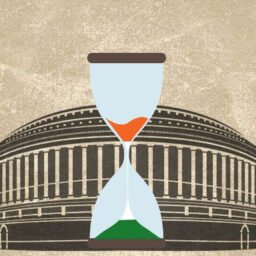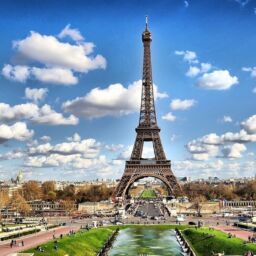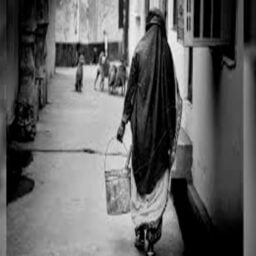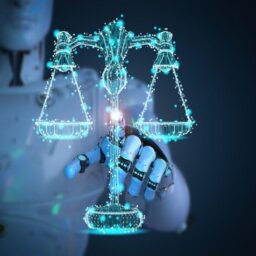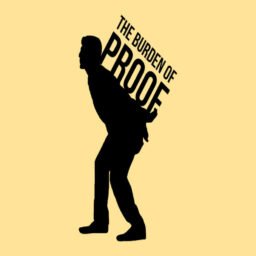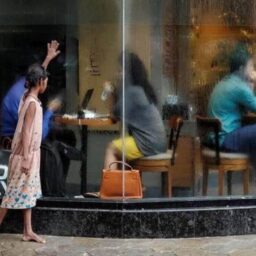BACKGROUND
The “partial ban on firecrackers” was making headlines all over the country right before Diwali as the Supreme Court nixed the blanket ban on firecrackers imposed by the Calcutta High Court. The Apex Court’s decision to impose only a partial ban on firecrackers was welcomed by many but the environmentalist sect was dubious of the move to be sufficient in bringing down the pollution level. Diwali is the time when the pollution levels are at their peak especially in North-West India. With the rise in the air quality index people suffer from various health issues and people with comorbidity are the ones at the receiving end. For people living in such cities engulfed with poisonous smoke, health hazards due to depleting air quality have far-reaching consequences as it takes a negative toll on their well-being. Health being the most priced asset of humankind, it is needless to safeguard the air we inhale to better the living conditions already hit by pollution at various levels. Hitherto the steps taken were too less to address the elephant in the room.
WHERE DID IT START?
The first recorded order banning firecrackers is around 350 years old when the Mughal Ruler Aurangzeb issued an order imposing a complete ban on firecrackers. Aurangzeb’s ban orders were probably only religious in nature. But today, it’s about the environment, health and well-being of the citizens. However, things do get a religious tint. In a judgment in 2005[1], the Supreme Court ordered a complete ban on bursting sound-emitting firecrackers between 10:00 PM to 6:00 AM. Arguments have often been made against such restrictions on the ground that it violates Article 25 of the Indian Constitution i.e., to practise and propagate our religion freely. However, the Court probably relied on one of its previous judgements[2] where it held that the court can put certain restrictions on controlling the noise even if such noise was a direct consequence of any religious activity.
In 2015, a writ petition was filed by three toddlers[3] to take action against the rising level of air pollution leading to a lethal level of toxic in the air. The Supreme Court dismissed the petition stating that such a blanket ban would be lethal causing an unnecessary uproar in the society. In its 2108 judgement[4], the Supreme Court banned the manufacture and sale of all firecrackers, except the new and improved ‘green crackers.’ Only those firecrackers were banned which were injurious to the health of the citizens. The Court further prohibited the use of barium salts in fireworks and asked to keep their noise levels within permissible limits.
COMPLETE FIREWORK BAN BY CALCUTTA HC
The Calcutta High Court in Anasua Bhattacharya v. State of W.B.[5] banned the manufacture, sale, and busting of firecrackers of any type including the green crackers approved by the Supreme Court during any festivals in the State of West Bengal. Ironically, on the same day, the Supreme Court observed that there was no blanket ban on the use of firecrackers but only crackers with barium salts were prohibited. The judgement caused an uproar in the firecracker industry as it was the time when the firecracker business peaks. It led them to file a review petition in the Supreme Court.
SUPREME COURT 2021 JUDGEMENT
The Supreme Court in Goutam Roy v. State of West Bengal stated the Cal. H.C. order to be “extreme” vacated the blanket ban on firecrackers. The Court said that it would not be possible to place a blanket ban on firecrackers, but measures should be taken to prevent the use of toxic chemicals present in firecrackers. Accordingly, the Court allowed the use of green crackers in areas where air quality is ‘good’ or ‘moderate’ between a particular time period. The 2018 and 2021 judgments considered not only the precautionary principle, even in the absence of scientific certainty, but also the contention of economic considerations. The rationale behind the judgement was that Article 21[6] is applicable to both the general public and the firecracker manufacturers. A balance needs to be maintained between both while considering a countrywide ban on firecrackers.
ENVIRONMENT OR RELIGION?
The Supreme Court in Arjun Gopal judgement[7] dismissed the claims that the bursting of the firecrackers was a fundamental right and an essential practice during religious festivals. The Court observed that Article 25[8] is subject to Article 21 and that any religious practice that threatens the health and life of the citizens cannot be entitled to protection under Article 25. The Supreme Court made it clear again in 2021 that it is not against any particular group or community for banning the use of firecrackers.
The debate of individual freedom versus religion came to the light in the Sabarimala case[9]. The Apex Court observed that the constitutional protection of a religious custom in force is predicted on its characterization as an “essential religious practice” and not based on how long it has been followed by the people. The essentiality is fulfilled only when the absence of the practice would alter the very nature of the religion itself. Article 25 (2)(a) of the Constitution further saves the power of the state to regulate or restrict secular activities associated with religious practice. These restrictions or regulations should be primarily concerned with the secular aspects of religious practices rather than with the essentials of the religion as per judicial pronouncement.[10]
In the light of the above-stated observation, the counterargument that bursting of crackers is a religious practice and a part of Diwali does not hold ground. Bursting of crackers on Diwali is not just an optional practice foregone by many but also is of recent origin. And it is certainly not a practice without which a religion like Hinduism would not survive. In such a scenario a practice harming not just the environment but also the lives of citizens should not be protected by giving it a colour of “essential religious practice.” Having said that, it should be noted that Article 25 is itself subservient to “public order, morality and health” and other fundamental rights in Part III. This should make it indefensible for anyone to use religion as a shield to severely pollute the air, in a manner that drastically, or potentially even fatally, jeopardises the health of others in society. Firecrackers being a health and environmental hazard can thus be well regulated under this article.
To put it in the words of Justice Chandrachud[11] “While the Constitution recognizes religious beliefs and faiths, where ever a conflict arises, the quest for human dignity, liberty and equality must prevail. These, above everything else, are matters on which the Constitution has willed that its values must reign supreme.” Even though crackers are a part of custom but they are now proving to be lethal. As said by the Supreme Court, the right to life under article 21 and to breathe clean air constitutes the same thing. Hence, the situation makes it necessary to exercise certain prudence and caution. One must give precedence to various rights in terms of their necessity
THE OTHER WAY ROUND
In such a dilemma where decisions are tough to be made, where on one hand firecrackers have an active role in adding to the ongoing problem of air pollution and on the other hand the existential crisis of the ecosystem involved in the firecracker industry is at stake, a middle ground is hard to achieve. All this when we do not have the luxury of waiting for further scientific studies to delay ground action. Cracker bursting is not just a means of joyous expression of our festive but also has quite a role in sustaining a cache of semi-skilled workers who are involved day in day out and have a seasonal source of profit in form of crackers sold out during festivals. Hence, technology could come in handy as a panacea for every proponent such as the citizens who are at the risk of health hazards, all others involved with the supply chain of the cracker industry, to find a middle path where everyone has an equitable share of the pie.
While barium composed crackers should be phased out completely the government should encourage green crackers at the same time. Subsidized raw materials should be provided to the manufacturers of green crackers along with socially and economically beneficial stimulus package to help them sustain their business and replace the old supply chains with green crackers chains. The famous saying goes like “health is wealth” which is absolutely befitting and evergreen. Our culture itself promotes the health and well-being of everything in nature. Hence, a sustainable middle path that relies on new technologies and improvised efficiency is always to the rescue of pertinent problems. Stressing on innovative solutions to tough challenges is the key as they say “modern problems require modern solutions“. For the time being, it is hoped that Supreme Court’s decisions based on the precautionary principle and Article 21 protected rights will provide a firm bedrock for stronger future decisions.
Author(s) Name: Gagan Chaudhary (Aligarh Muslim University, Aligarh)
References:
[1] In Re: Noise Pollution, AIR (2005) SC 3136
[2] Church Of God (Full Gospel) In. vs K.K.R.Majestic Colony Welfare AIR (2000) SC 2773
[3] Arjun Gopal v. Union of India (2017) 16 SCC 280
[4] id.
[5] WPA No. 1984 of 2020
[6] Indian Constitution
[7] Supra note 3
[8] Supra note 6
[9] Indian Young Lawyers Association vs The State of Kerala (2019) 11 SCC 1
[10] Ratilal Panachand Gandhi v. State of Bombay AIR (1954) BSC 388.
[11] id.



